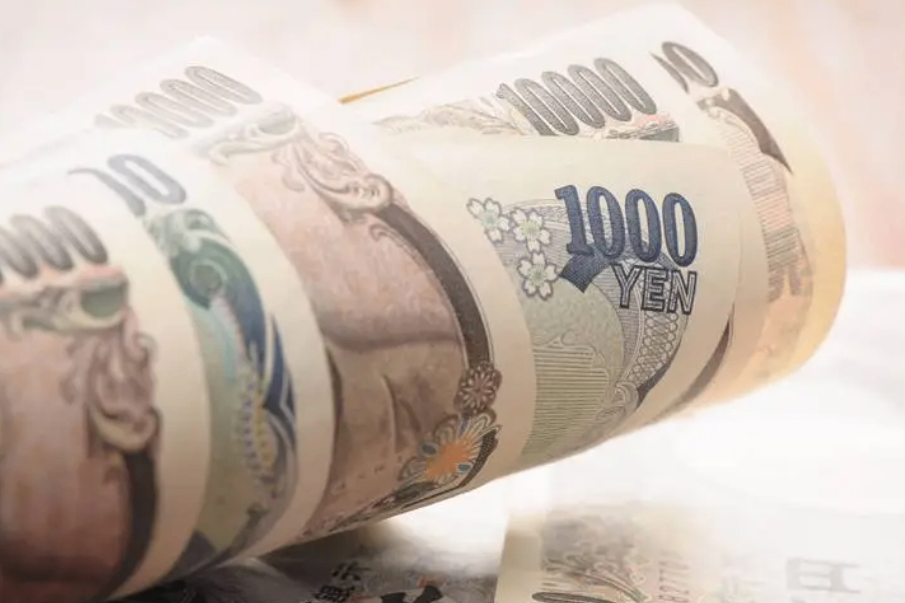Former Deliberator: Bank of Japan may not end negative interest rate policy for the time being
Sakurai stressed that the Bank of Japan took action in July and that no major action may be needed at least for the rest of the year or even next year.。
Recently, the Bank of Japan may postpone the end of negative interest rates until April next year to gauge whether wage increases are enough to keep inflation above its 2 percent target, former BoJ review member Tadashi Sakurai said in an interview.。
BOJ won't rush to phase out stimulus
As one of the important figures of the Bank of Japan before, Sakurai and now the Bank of Japan officials also maintain close contact。Previously, Sakurai had participated in the introduction of the 2016 YCC policy as a member of the Bank of Japan Committee.。The policy is designed to keep short-term Treasury yields at -0 through the purchase of Treasuries.1%; maintain the 10-year Treasury yield at 0% with a range limit on yield volatility。
At the time, the Bank of Japan wanted to encourage investment and consumption and boost employment and economic activity by controlling long-term interest rates to influence the cost of borrowing for businesses and individuals.。So far, the existence of YCC has been less and less effective in boosting Japan's economy, but the Bank of Japan has been afraid to make significant adjustments to this indicator easily.。The Bank of Japan is concerned that premature adjustments to the YCC and rising government bond rates could instead hit the Japanese economy and hit Japanese corporate investment。

Earlier, Sakurai had said that ending negative interest rates might not do much damage to the economy because inflation-adjusted real borrowing costs would remain low - suggesting that the former central bank official appeared to support Japan's negative interest rate policy as an exit from history in the short term.。
However, on Sept. 26, Sakurai abruptly changed his tune to say that the central bank would not rush to phase out stimulus measures as Japan's economic recovery showed signs of weakness, such as sluggish consumption and slower-than-expected capital spending, comments that in turn depressed the expectations of yen-long investors.。
Sakurai believes that ending negative interest rates is largely a symbolic move, but the Bank of Japan may want to choose the timing very carefully。Even if the central bank were to end negative interest rates, the move could be described as a modest adjustment to the level of monetary stimulus。He said the last thing the Bank of Japan wants is to give the public the impression that it is tightening monetary policy。
The Bank of Japan does not need to take major action in the near future.
According to the latest data, Japan's core inflation rate in August has reached 3.1%, 17 consecutive months above the Bank of Japan's 2% target。In July, the Bank of Japan announced that it would maintain the 10-year Treasury rate at 0% ± 0.The 5% volatility range remains unchanged, but interest rates are allowed to exceed 0.5 per cent, with a fixed interest rate of 1 per cent for bond purchases, essentially equivalent to widening the upper edge of the YCC range to 1 per cent.。This suggests that the Bank of Japan has reduced its restrictions on long-term interest rates to reflect higher inflation.。
Because of this, the market began to increase the Bank of Japan will soon phase out the YCC policy expectations, while optimistic that the negative interest rate policy is about to exit the stage of history。

However, the Bank of Japan announced at its financial policy decision meeting on September 22 that it would continue to maintain the current massive monetary easing policy unchanged.。At the same time, the Bank of Japan again said it would not change its YCC policy, which is of concern to the market.。On the news, Japanese stocks edged lower for the day, while the yen dived sharply against the dollar。
In response, Sakurai stressed that the Bank of Japan took action in July and that no major action may be needed at least for the rest of the year or even next year.。
By loosening its grip on yields, the BoJ bought itself time to review overseas developments and the domestic wage outlook before phasing out stimulus, Sakurai noted.。The Bank of Japan needs to consider that while big companies may continue to offer higher pay next year, the key is whether smaller companies can follow suit.。In addition, Japan's output gap needs to turn positive so that wages can rise in tandem with inflation in a sustainable manner.。
·Original
Disclaimer: The views in this article are from the original Creator and do not represent the views or position of Hawk Insight. The content of the article is for reference, communication and learning only, and does not constitute investment advice. If it involves copyright issues, please contact us for deletion.